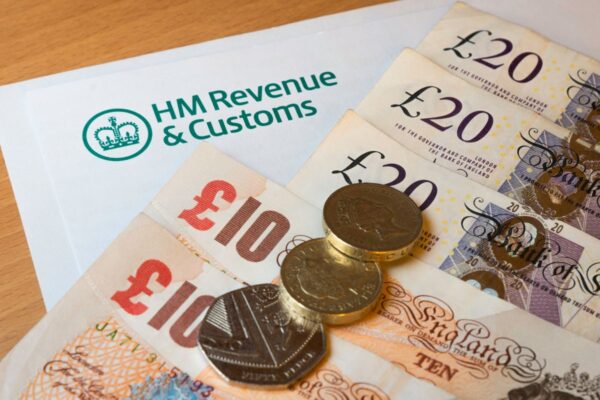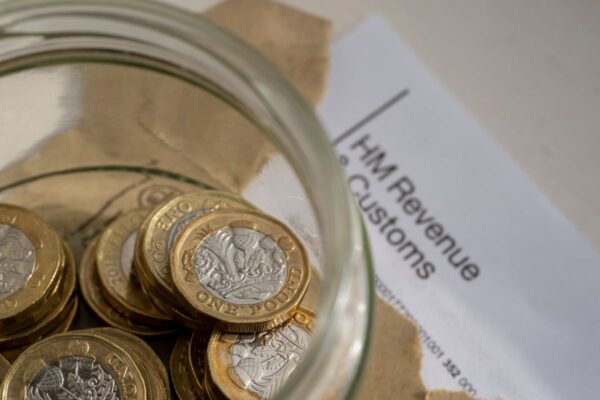The best way to show how this works is with an example, HMRC require 50% on account in each January and July based on the tax paid for the year before. If the tax is below £1000 then there is no on account.
If 5 April 2020 is your first year then you will not have made payments in January and July 2020 and so payment on 31 January 2021 in this example based on taxable profits of £25,000 will be:
| Tax and NIC Payments due | |||||
| Income Tax 2019/20 | £2,500.00 | ||||
| Class 4 NIC 2019/20 | £1,473.12 | ||||
| Class 2 National Insurance | £159.00 | ||||
| Total for 2019/20 | £4,132.12 | ||||
| Payment on account 31 January 2020 | 0 | ||||
| Payment on account 31 July 2020 | 0 | ||||
| Total paid on account | £0.00 | ||||
| Balancing payment due for 2019/20 | £4,132.12 | ||||
| 1st Payment on account for 2020/21 | £1,986.56 | ||||
| Total payment due by 31 January 2021 | £6,118.68 | ||||
| 2nd Payment on account due by 31 July 2021 | £1,986.56 | ||||
If 5 April 2020 isn’t your first year and you made on account payments on January and July 2020 of £1700 each then based on the same example the payments will be
| Tax and NIC Payments due | |||||
| Income Tax 2019/20 | £2,500.00 | ||||
| Class 4 NIC 2019/20 | £1,473.12 | ||||
| Class 2 National Insurance | £159.00 | ||||
| Total for 2019/20 | £4,132.12 | ||||
| Payment on account 31 January 2020 | £1,700.00 | ||||
| Payment on account 31 July 2020 | £1,700.00 | ||||
| Total paid on account | £3,400.00 | ||||
| Balancing payment due for 2019/20 | £732.12 | ||||
| 1st Payment on account for 2020/21 | £1,986.56 | ||||
| Total payment due by 31 January 2021 | £2,718.68 | ||||
| 2nd Payment on account due by 31 July 2021 | £1,986.56 | ||||




